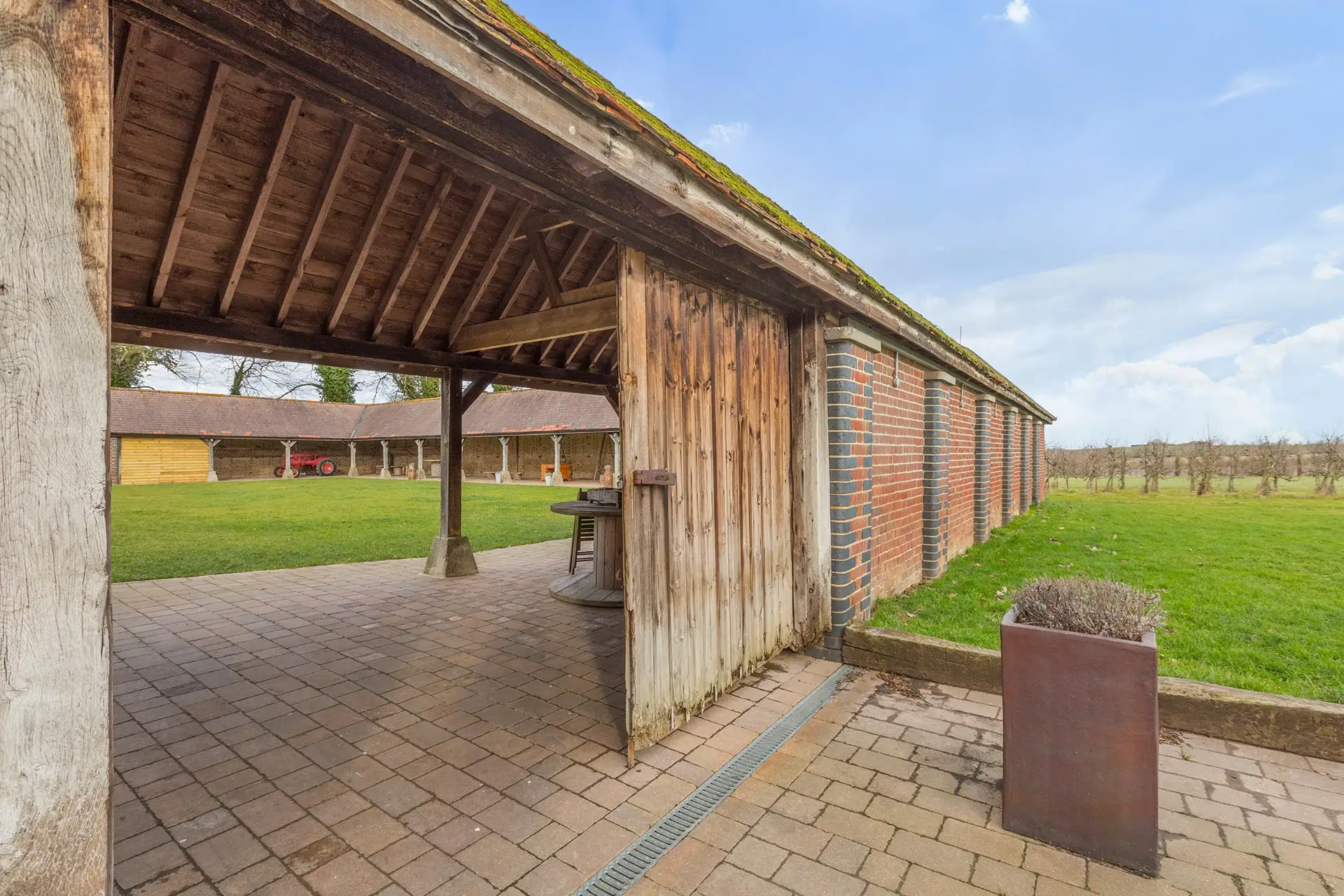Improving the energy efficiency of your home

With the Government's Green Homes Grants scheme now in place and climate change high on the agenda, improving the thermal efficiency is on many home owners to do list. There are hurdles to making improvements to your home, particularly for those living in listed buildings or in conservation areas. Listed building owners will need to ensure any work remains sympathetic, with upgrades often requiring consent. Careful attention should be paid when proposing upgrades to historic properties to ensure the introduction of new elements does not create new problems such as condensation, which can lead to mould growth and rot. If you aim to take advantage of the Green Homes Grant you will need to redeem vouchers and complete the work by 2022. So now is the time to start preparing applications in order to achieve long-term benefits for your property.
There are a number of energy efficient measures that can be appropriate for historic buildings, depending on the individual case.
Upgrading Windows
Single glazed and leaky windows, frequently a key characteristic of historic properties, can be responsible for much of the heat loss in a house. Improving airtightness of windows and doors by filling gaps and providing draught seals can be an easy win. Reinstating or repairing window shutters that have been removed is likely to be a positive in terms of energy efficiency and historic character. Introducing secondary glazing will allow the retention of existing windows. Reglazing original windows with super-thin double-glazing units (around 7mm) can sometimes be appropriate.
Insulation
Once appropriate repairs have been made to a building envelope (to improve airtightness and reduce water penetration) the installation of wall, floor and loft or roof insulation can all be considered. In each case the insulating material should be selected carefully. Introducing wall insulation, either internally or externally, into a historic building should be approached with care but can reap financial and environmental rewards. Condensation and ventilation are key considerations. Historic buildings will often be constructed using solid masonry walls, as opposed to cavity wall construction which was introduced in around 1919. They will often also incorporate vapour permeable materials such as lime plaster and render that help regulate moisture levels internally and within the walls themselves. Many modern insulation boards, designed for use in modern construction, do not allow the passage of water vapour and can be particularly problematic when used in historic buildings. A build-up of moisture internally can lead to discomfort and even health issues for the occupants. Moisture build-up and condensation on or within the fabric of the building can lead to rapid decay. Alternatives such as insulating lime-based plasters and renders, natural insulation materials(such as wood fibre, hemp, sheep’s wool and cork) all have their advantages and can be suitable in certain areas. Recent research by The Society for the Protection of Ancient Buildings indicates that the thermal performance of solid walls in reality is usually better than predicted and small, well thought interventions can give significant improvements.
Building Services
Looking to improve or introduce new heating systems and other building services can be a way of improving the thermal efficiency of the house with minimal impact on the building itself. Likewise, services that help to control the building ventilation, potentially incorporating heat recovery, can work with other measures to improve the comfort and wellbeing of occupants. Making changes to the way a building is used can be advantageous without necessarily impacting upon historic building fabric.
Building Regulations
There are dispensations available for some building regulations for listed buildings, those in conservation areas and scheduled ancient monuments. For ‘buildings of traditional construction with permeable fabric that both absorbs and readily allows the evaporation of moisture’ building regulation guidance states ‘the aim should be to improve energy efficiency as far as is reasonably practicable. The work should not prejudice the character of the host building or increase the risk of long-term deterioration of the building fabric or fittings.’
Design and the Whole Building Approach
Historic England recommends the 'whole building approach' to energy efficiency for historic properties which would take into account cultural and contextual issues alongside environmental and financial. They advocate site-specific solutions that consider each case individually. As experienced designers James Clague Architects can assist with the process of creating a more energy efficient home and would be very happy to discuss your requirements.
For further information on energy efficiency and historic buildings click here.
We offer a free consultation to help assess what you're trying to achieve, how we can help and explain the process.

Listed Building Renovation And Refurbishment: A Guide

Insulating A Listed Building’s Walls
Our team of specialist architects offer a completely free and no-obligation telephone consultation to discuss your project, explain the process and how we can help.

